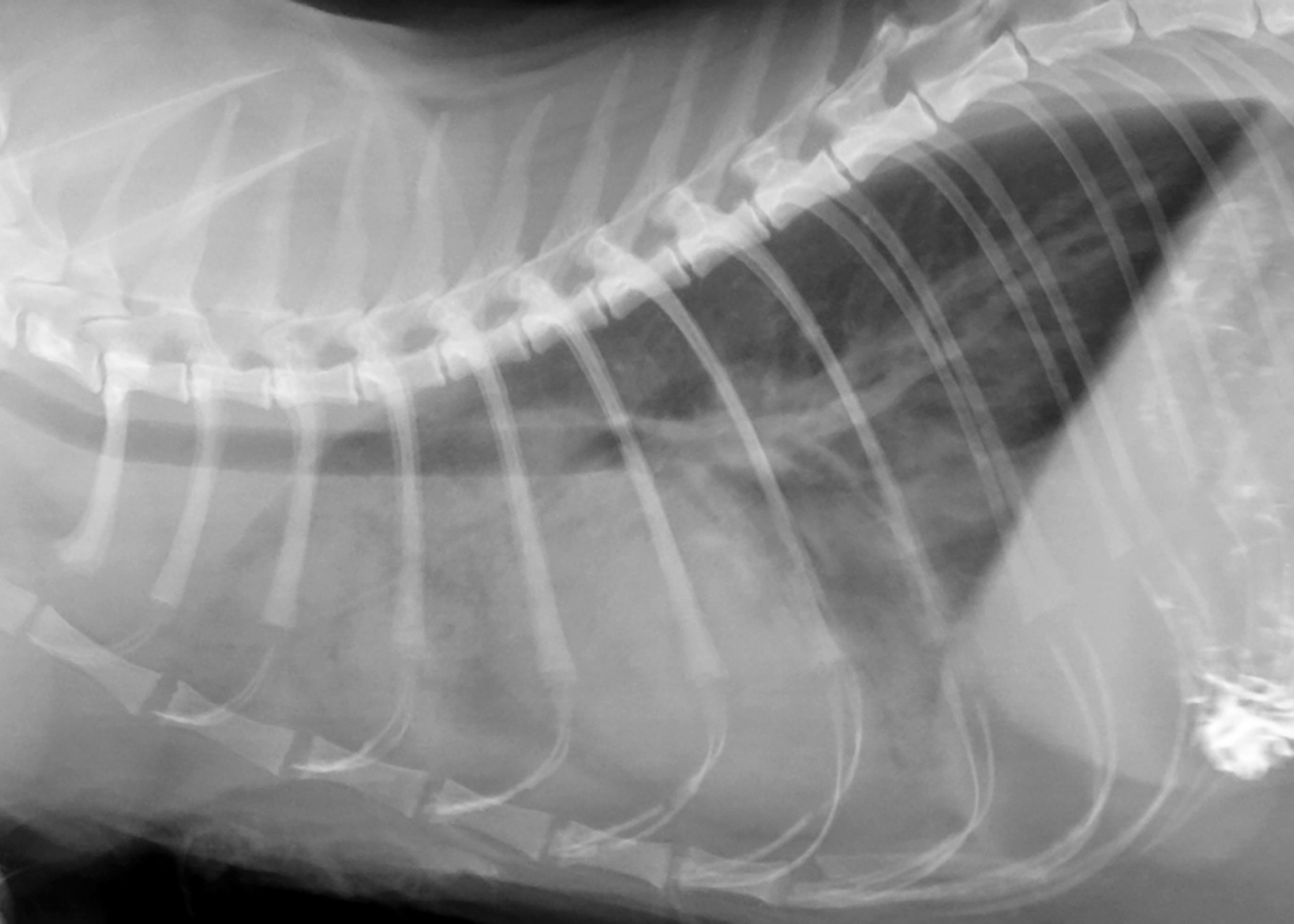
A secondary analysis was performed in patients without a reliable medical history. We calculated the 95% confidence interval (CI) of the primary outcome using the equal-tailed Jeffreys’ prior interval. Between-group differences in continuous non-parametric variables were analyzed using a Mann-Whitney U test categorical data were examined using a χ 2 test. All data were evaluated using R, version 3.6.1. The primary outcome of our study was the number of pneumonia diagnoses that were uncovered by the CXR in patients with a suspected infection, no evident extrapulmonary source of infection, and no respiratory signs or symptoms, and in whom a reliable medical history could be obtained. Patient follow-up consisted of screening all additional pulmonary imaging for delayed manifestations of pneumonia in admitted patients and urinary cultures in female patients with bacteriuria or leukocyturia. Attending physicians discussed all cases with their supervisor. A second radiologist confirmed the interpretation of the CXR in the patients without an evident extrapulmonary source of infection and without respiratory signs or symptoms. Pneumonia was radiologically defined as increased attenuation of lung parenchyma without loss of volume in affected segments. Experienced radiologists analyzed the CXRs. The medical history was scored unreliable in case of a confused patient or a patient with a language barrier, cognitive impairment, or verbal response of <5 on the Glasgow Coma Scale (GCS). Clinical parameters were measured at presentation. Bacteriuria or leukocyturia in women without a positive urine culture or urinary tract symptoms was not considered an evident extrapulmonary source of infection.

Patients were assessed for an evident extrapulmonary source of infection (excluding bacteriuria or leukocyturia in women without urinary tract symptoms) and for respiratory signs or symptoms of pneumonia: ie, dyspnoea, chest pain, cough, an elevated respiratory rate (>20 per minute), decreased oxygen saturation (<95%), and abnormalities at auscultation.
Chest xray pneumonia full#
Subjects underwent a full medical history and physical examination by the attending physician as well as laboratory tests including a complete blood count and indices, leukocyte differentiation, and CRP. We prospectively included all adult patients that were referred to the internal medicine emergency department (ED) with a suspected infection, defined as a temperature ≤36.0☌ or ≥38.0☌, or a C-reactive protein (CRP) ≥100 µg/L as CRP is a routine test in case of a suspected infection in the Netherlands. This cross-sectional study was conducted from April 2017 to May 2018 at the Flevoziekenhuis, Almere, the Netherlands. We performed a prospective cross-sectional study to test this hypothesis. We hypothesized that a CXR has no diagnostic value in patients with a suspected infection when no evident extrapulmonary source of infection and no respiratory signs or symptoms are present. The diagnostic value of a CXR in this situation is unknown, although it increases healthcare cost, waiting times at the ED, and the risk of crowding. In a recent survey among Dutch internists, 88% reported that they performed a CXR in patients with a suspected infection and no respiratory signs or symptoms.

The sepsis guideline of the National Institute for Health and Care Excellence advises to consider a chest x-ray (CXR) to identify the source of infection. Patients suspected of an infection at the emergency department (ED) often have no localizing signs or symptoms. Chest x-ray, CXR, emergency department, fever, pneumonia


 0 kommentar(er)
0 kommentar(er)
